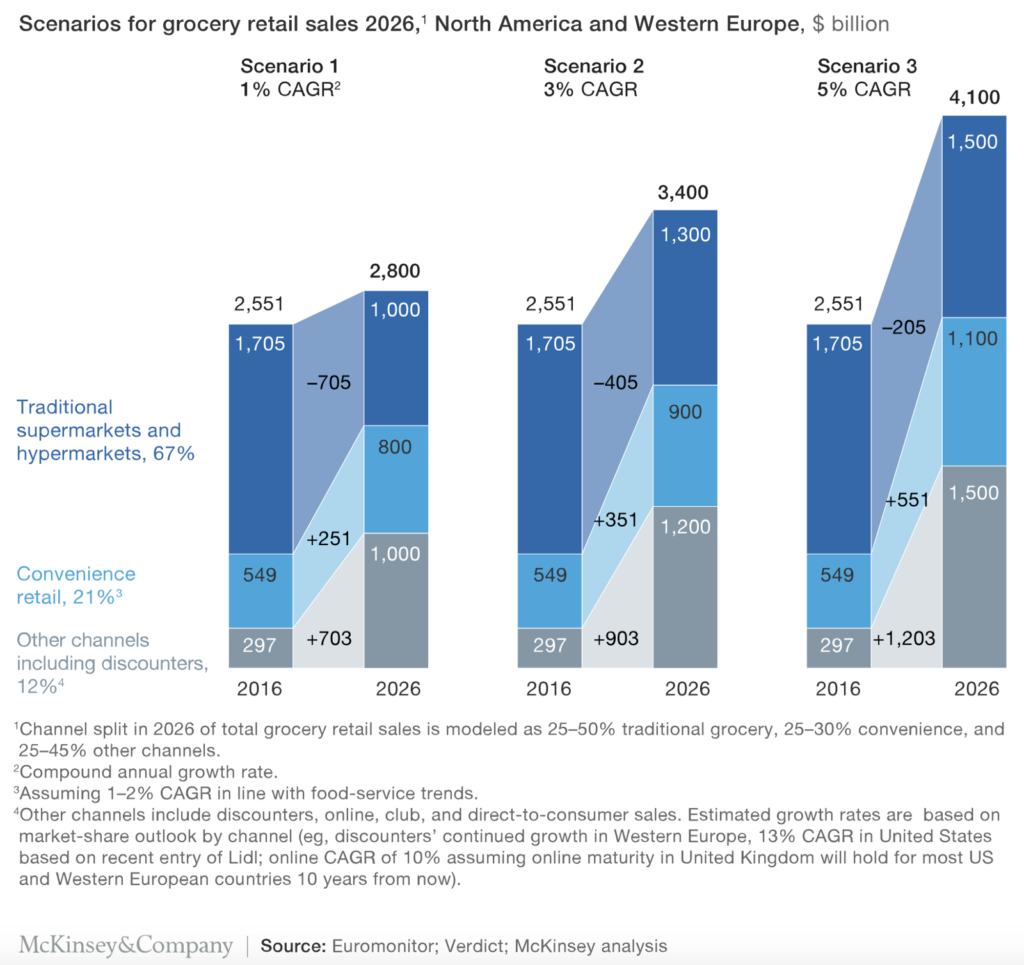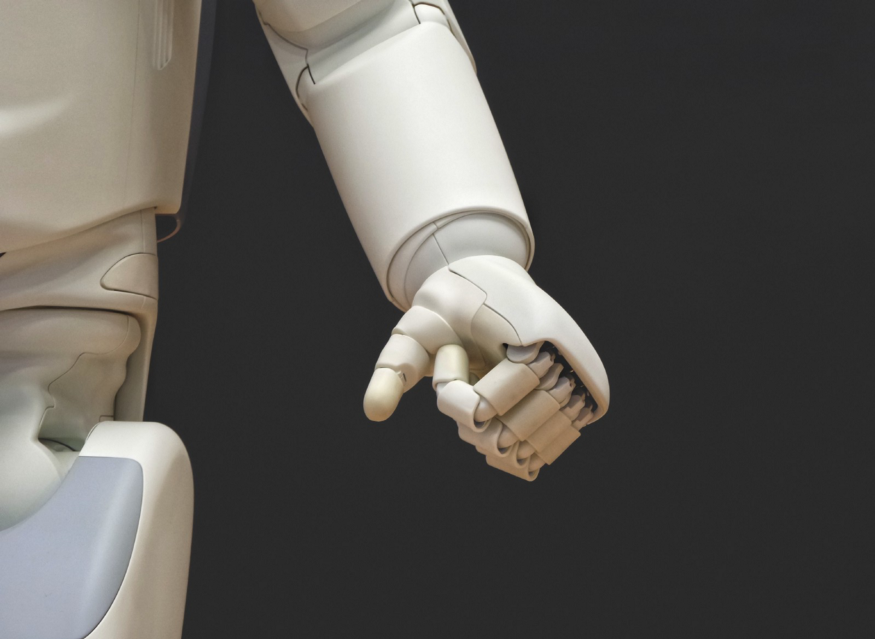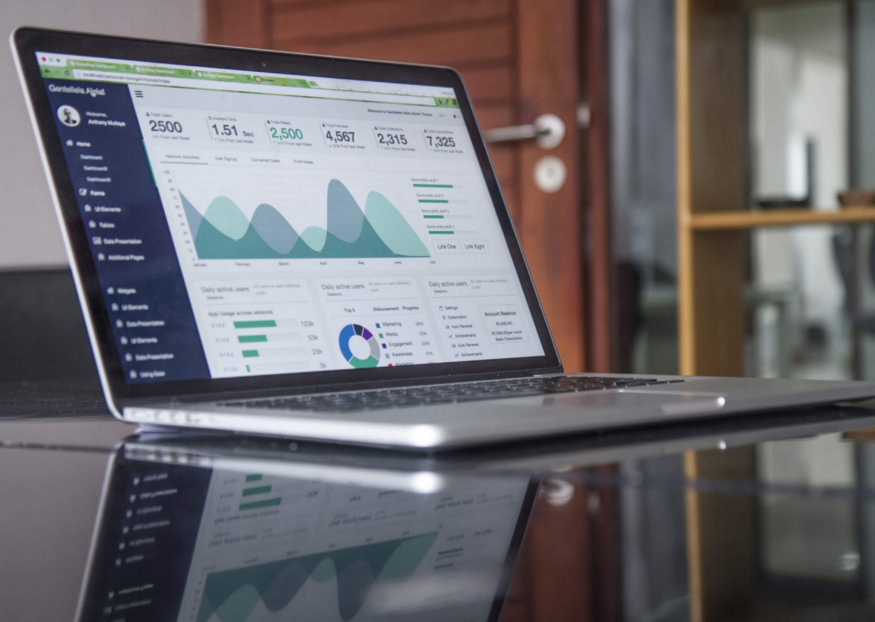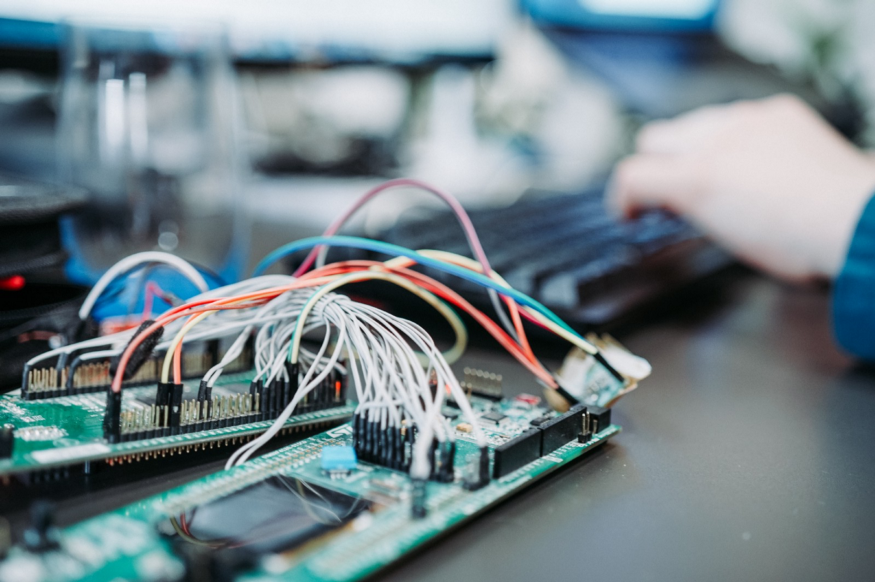Let’s admit it, grocery shopping sucks. The crowds, the out of stock items, and the cashier payment queue make grocery shopping painful. No wonder, only 15 percent of customers say that they enjoy grocery shopping. The grudge held by customers towards grocery shopping doesn’t help the retailers, who have been troubled with a high fixed cost, low-profit margin, and intense competition for years. Although the aforementioned problems have bothered the grocery retails and their customers for a long time, there seems to be no improvement in how people doing groceries over the years. Do you remember how you shopped grocery 5, 10, or even 20 years ago? Compare it with how you shop your groceries in the present time. I bet there is no significant difference between the past and present grocery shopping.
Well, maybe retailers need another reason to change. How about this: consumers have changed their habits and preferences. Millennials are a handful. They expect to be able to buy almost anything, anywhere, at any time, at low prices. See the graph below.
It is expected that by 2026, up to $700 billion will have shifted from traditional grocery to other formats and channels. This shift has been seen in recent years with the rise of convenience retails, which has been taking over traditional supermarkets and hypermarkets gradually. There are fewer crowds, fewer queues, and customers can fulfill their needs even though convenience stores have fewer product options than supermarkets. This is a prove that customers are drawn to the seamless and convenient grocery shopping.
I have laid out the problems. How about the solutions? I am an engineer, scientist, and technologist. So, I am going to answer technologies as a solution. I believe cutting-edge technologies, such as artificial intelligence (AI), advanced analytics, robotics, and the internet of things (IoT), can solve the current problems encountered by offline grocery players. Most grocers haven’t deployed these technologies, and here are three imperatives why they should.
1. Remove queues with AI and computer vision
Some might say AI is the biggest buzzword of the last decade. But, I can say AI is real, revolutionary, and has disrupted many industries. And I believe, its applications have only scratched the surface, with wider applications coming shortly. In retail, AI can remove cashier checkout entirely, improving customer experience by creating seamless and convenience grocery shopping as well as reducing operational expenditure. Removing cashier reduces 30 percent of labor tasks in-store and eliminates the top pain point in the shopping experience of the customers.
With AI and computer vision, retailers can use cameras to track customers in real-time as they move around the store, and spot the items they take off the shelves. The secret is deep neural networks, which are trained by using millions of images for performing the required detection, recognition, and tracking.
The technologies to achieve a cashier-less store is available to the retailers because most of them are open-sourced. However, retailers still need to have their research and development to implement AI in their stores, or they could purchase a ready-to-use system (if available). Whichever it is, AI development is not free and retailers should expect some heavy upfront investments. It is like cooking, the ingredients are there, but they have to make their processes and recipes to cook a delicious meal. There is no free lunch. Thus, it may take a while for autonomous checkout to become the norm in most stores.
2. Personalize store with data and advanced analytics
Data and advanced analytics can create a personalized shopping experience and enable grocers to make better decisions about assortment, pricing, and promotions. Analytics can help retailers achieve a deeper understanding of their customer data and offer actionable insights. The potential is limitless if we can gather and possess various customer data, such as:
- who are the customers (e.g. age, gender, occupation, etc.)
- what kind of items they purchase;
- when and where they purchase the items;
With the help of advanced analytics, retailers can derive meaningful insights from a massive amount of data — for example, recognizing high-value customers, their motives behind the purchase, their buying patterns behaviors, and which are the best channels to market to them and when. With these insights, Retailers can create a store filled with items that the customers need, i.e. reducing out-of-stock and obsolete items, improving supply chain efficiency, and improving increasing inventory turnover.
3. Get ultraconvenience location using IoT
Convenience is partly about having store locations that are easy to get to. That’s why we have convenience stores, which have a better accessibility location than traditional supermarkets and hypermarkets. But convenience stores sometimes can be inconvenient. Imagine if your office is located at level 35 of a skyscraper. You are craving for something sweet, but the nearest convenience store is located at the ground level. By the time you reach the store, your urge to eat or drink something sweet might already be gone.
The ideal solution is to put micro grocery stores inside private spaces. To achieve this solution, retailers need to make these micro-stores to be unmanned, automated, and remotely controlled. Automation can be taken care of by the AI system, which will act as the cashier (e.g. deciding what items are taken by the customers). But we need a system that can open/close the store, accepts payment, and takes orders, i.e. the store clerk.
IoT is the answer to these needs. IoT is an interconnection via the internet of computing devices embedded in everyday objects, enabling them to send and receive data. By using IoT, we can enable automated start/stop of transactions, automated payment in each micro store, sending and receiving customer and transaction data, etc.
With the combination of AI, IoT, and advance analytics, we can create an automated, unmanned, and highly-personalized store in a ultraconvenience location. This is the path that grocery retailers should take to survive consumers’ changing habits and preferences and intensifying competition.





